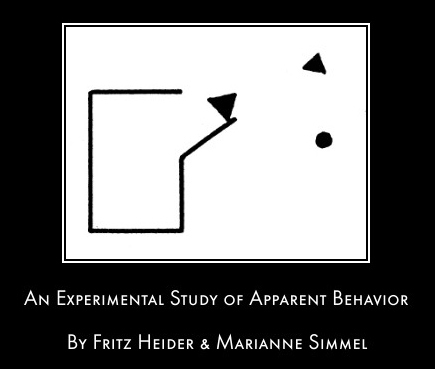Bègue's team recruited 92 men (aged 20 to 46) to take part in what they were told was a taste-testing study. They were given three glasses to taste, each containing a cocktail of grapefruit and grenadine cordial, mint and lemon concentrate. For half the participants, the drinks also contained alcohol - approximately the same amount found in five to six shots of vodka. To control for expectancy effects, half the participants with the alcoholic drinks and half the non-alcohol participants were told the drinks were alcoholic. Next, the participants spent 20 to 30 minutes on filler tasks, in keeping with the cover story that this was a taste-test study, and to allow the alcohol to kick-in. Finally and most importantly, the participants read 50 sentences about various actions (e.g. 'He deleted the email') and gave their verdict on whether the actions were intentional or not.
The intoxicated and sober men alike said that obviously intentionally actions (e.g. 'she looked for her keys') were intentional, and that blatantly unintentional actions (e.g. 'she caught a cold') were unintentional. But crucially, when it came to more ambiguous actions, like the email deletion example, the intoxicated men were significantly more likely (43 per cent) than the sober men (36 per cent) to say the action was intentional. Whether participants were told they'd had alcohol or not made no difference.
Why should alcohol have this effect? Bègue's team think that it takes cognitive effort and control to overcome the intentionality bias, especially so as to take in all the information necessary to consider alternative explanations. Alcohol's well-known disinhibitory and myopic (the 'narrowing of attention') effects would clearly undermine these faculties.
'In summary,' the researchers concluded, 'alcohol magnifies the intentionality bias. Napoleon said, "There is no such thing as accident." Our findings suggest that drunk people are more likely to believe Napoleon's statement than are sober people.'
_________________________________


























